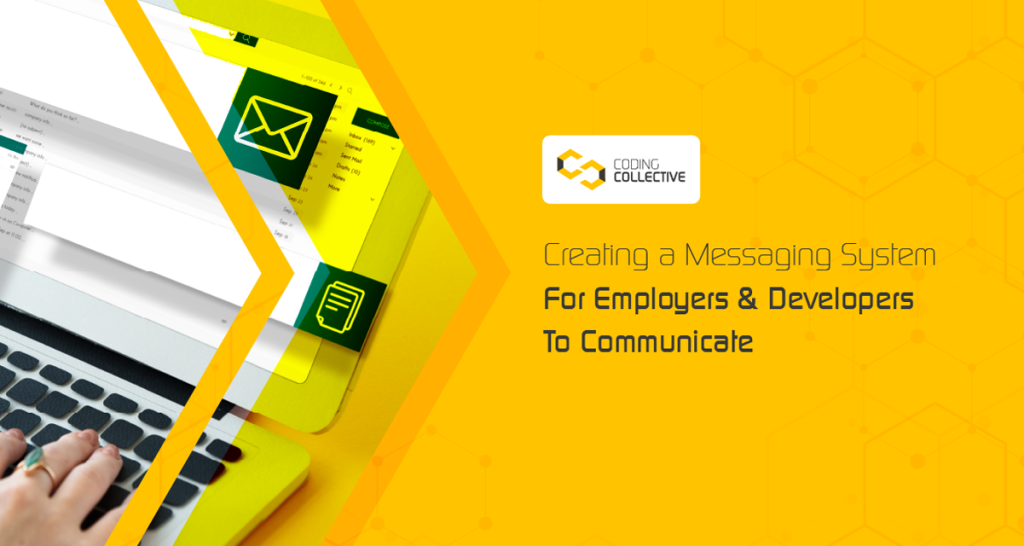
Creating a messaging system for employers and developers to communicate is an essential aspect of any marketplace platform that connects developers & employers. A messaging system enables easy and efficient communication between the two parties, which can help streamline the hiring process and enhance the overall user experience. In order to understand the topic in great detail we will delve into the different types of messaging systems that can be implemented, the benefits of having a messaging system, the steps involved in building one, and the technologies that can be used.
There are various types of messaging systems that can be implemented in a marketplace platform. The most common types include:
1. One-to-one messaging:
This type of messaging system allows for direct communication between an employer and a developer. It can be used for private conversations, such as discussing project details or salary negotiations.
2. Group messaging:
This type of messaging system allows for communication between multiple parties, such as a group of developers and an employer. It can be used for team discussions or coordination.
3. Broadcast messaging:
This type of messaging system allows for sending messages to all users on the platform. It can be used for platform-wide announcements or updates.
The benefits of having a messaging system in a marketplace platform are numerous. Some of the main benefits include:
- Improved communication: A messaging system allows for easy and efficient communication between employers and developers, which can help streamline the hiring process and improve the overall user experience.
- Increased transparency: A messaging system allows for clear and transparent communication between the two parties, which can help build trust and reduce misunderstandings.
- Better coordination: A messaging system can be used for team discussions and coordination, which can help improve the overall efficiency of the hiring process.
- Increased engagement: A messaging system can increase user engagement by providing a platform for users to communicate and interact with each other.

When it comes to building a messaging system, there are several steps that need to be taken. The first step is to determine the type of messaging system that will be implemented. As mentioned earlier, the most common types of messaging systems include one-to-one, group, and broadcast messaging. Once the type of messaging system has been determined, the next step is to design the user interface. This includes deciding on the layout and functionality of the messaging system, such as the ability to send and receive messages, view message history, and manage contacts.
The next step is to develop the messaging system. This can be done using a variety of programming languages and frameworks, such as Node.js, React.js, and Ruby on Rails. It’s important to choose a language and framework that is well-suited for building a messaging system and has a large community of developers for support.
Once the messaging system has been developed, the next step is to test and debug it. This includes thoroughly testing the system to ensure that it is functioning correctly and fixing any bugs that are found.
Finally, the messaging system needs to be deployed and maintained. This includes making sure that the system is running smoothly, monitoring it for any issues, and making updates and improvements as needed.

